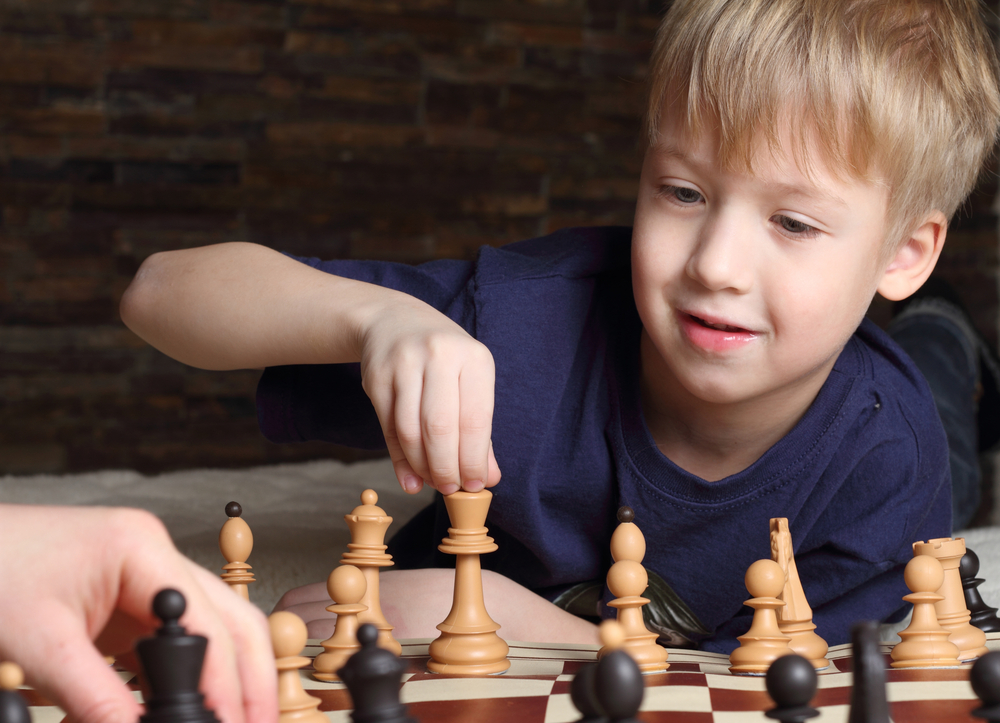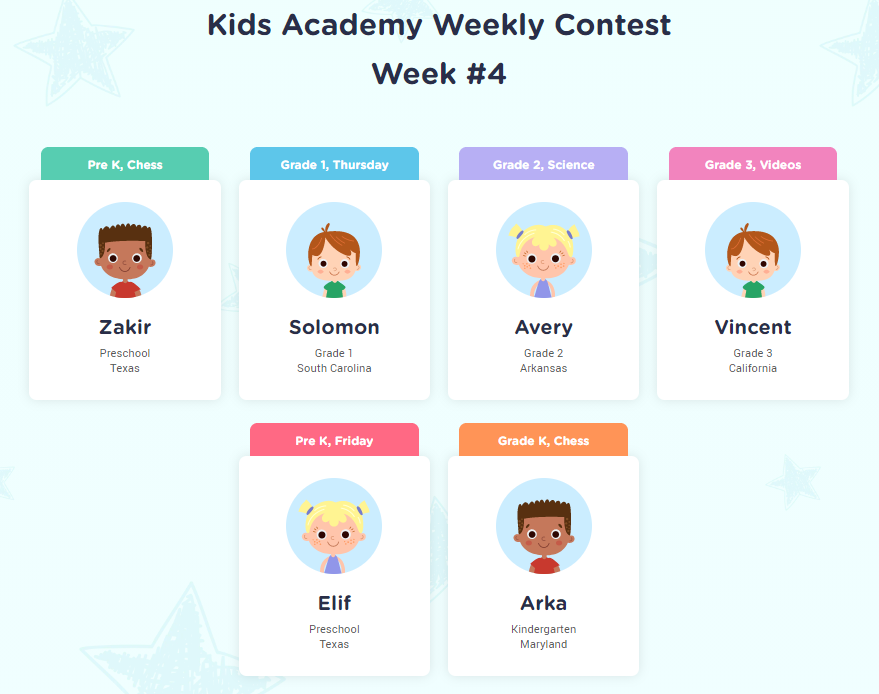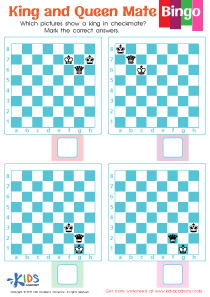Number Recognition Normal Chess Worksheets for Ages 6-7
3 filtered results
-
From - To
Enhance your child's numerical skills with our engaging Number Recognition Normal Chess Worksheets for ages 6-7! Designed to blend the fun of chess with essential math skills, these worksheets provide a dynamic way for young learners to recognize and understand numbers through play. Each activity encourages critical thinking and problem-solving while introducing the fundamental concepts of chess. Perfect for early grade teachers and parents alike, these worksheets make learning enjoyable and interactive, ensuring that children build a strong foundation in number recognition. Download now and let your child embark on a mathematical adventure through the captivating world of chess!
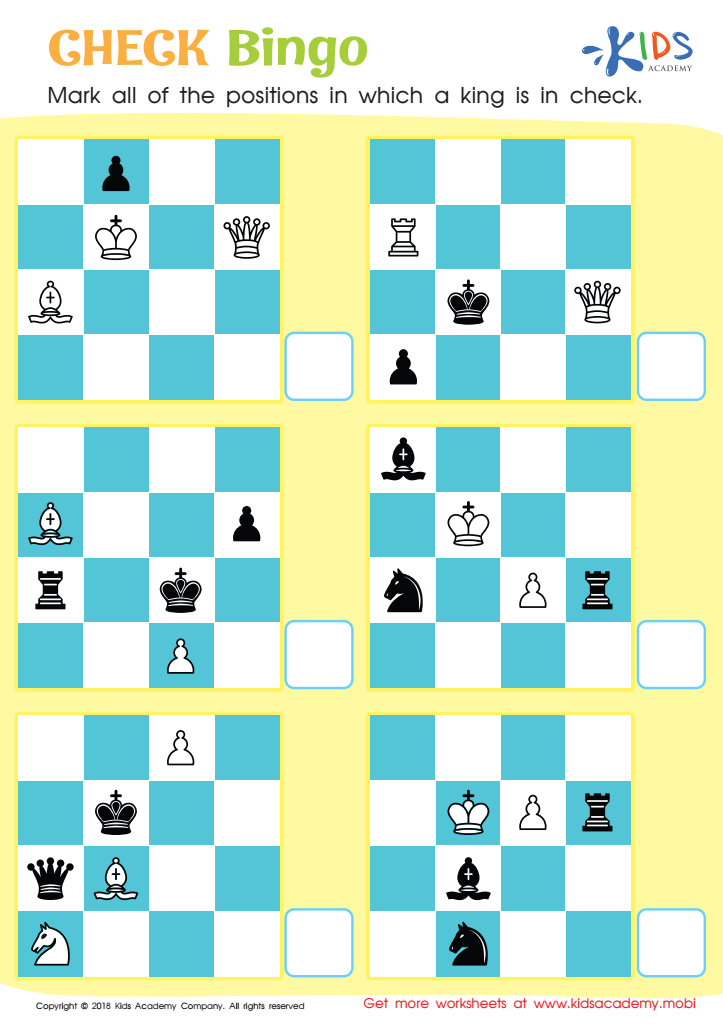

Check Bingo Worksheet
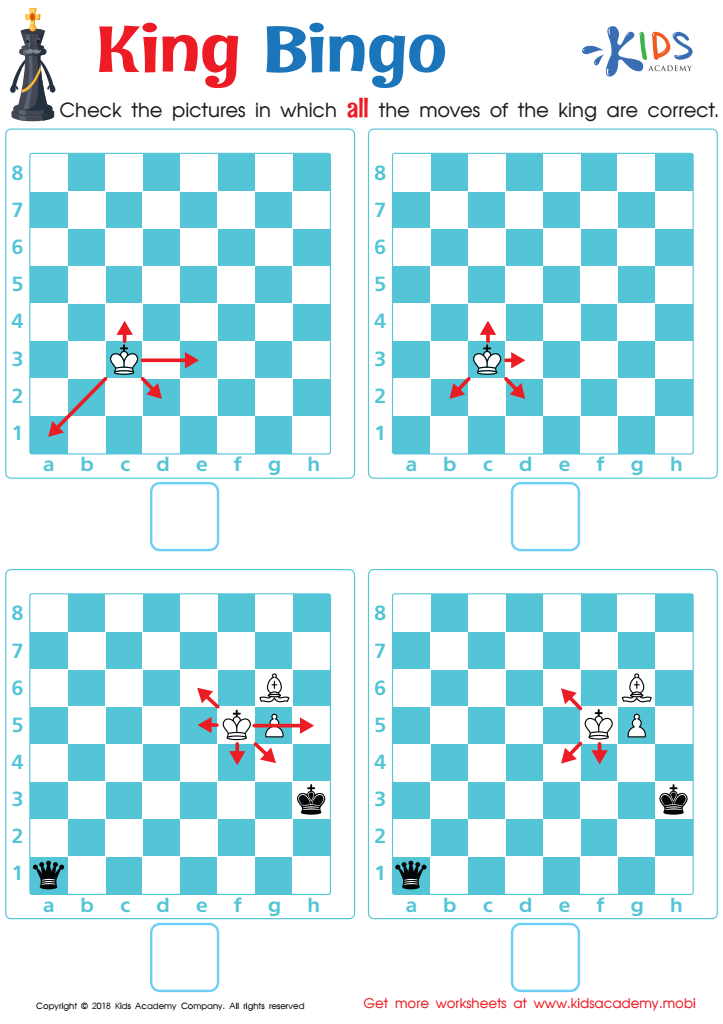

King Bingo Worksheet
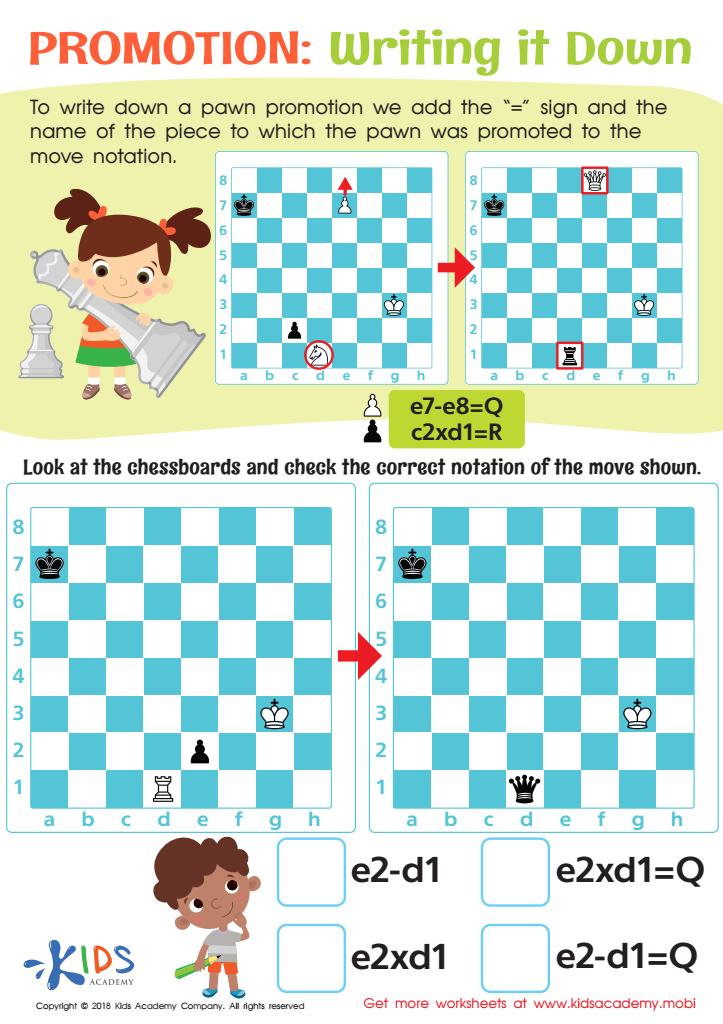

Writing it Down Worksheet
Parents and teachers should care about Number Recognition within the context of Normal Chess for children aged 6-7 for several reasons. First, engaging children in chess can significantly enhance their cognitive skills, including problem-solving and critical thinking. By incorporating number recognition, children learn to identify positions and count moves, blending mathematical concepts with strategic play.
This age group is crucial for developing foundational skills, and linking number recognition to a game like chess makes learning more engaging and enjoyable. It transforms abstract concepts into concrete experiences, helping kids understand numbers in a practical context. Additionally, as children learn to count the squares on the chessboard or recognize patterns in their moves, they improve their numerical literacy, which is essential for future mathematical success.
Moreover, normal chess emphasizes turn-taking, patience, and discipline, aligning with social-emotional learning objectives. By supporting number recognition through this game, parents and teachers foster an environment where children gain confidence in their mathematical abilities while supporting their overall development. Thus, the interplay of chess and number recognition enriches cognitive, social, and emotional learning experiences, promoting well-rounded growth for children in this age group.

 Assign to My Students
Assign to My Students




